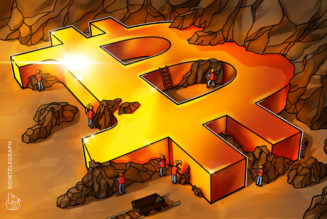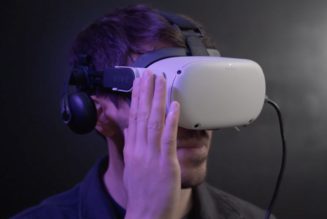
Mance is the co-founder and CEO of Hedera Hashgraph, a next-generation distributed ledger technology that claims to possess higher speeds and security guarantees than existing blockchain solutions.
“When we talk about decentralization, I think it’s very important to be specific about what we mean. When talking about layer-one protocols, precisely what is being measured when we talk about decentralization? Two separate categories of decentralization are important: 1) governance and 2) transaction ordering.
First, governance: How many different entities (people or organizations) are involved in making decisions on the product roadmap, pricing of services, payments of rewards and other governance-related decisions? Are these entities all known by name, or can they be anonymous? If they can be anonymous, then there is no way to truly determine how decentralized the governance is because the same anonymous actor may pretend to be multiple different entities. Is there an opportunity for consolidation of voting rights? For example, if voting rights are associated with a governance token, then a single actor can increase their influence by buying or earning additional tokens, which leads to the consolidation of rights and increased centralization.
The Hedera Governing Council model is exceptional among public ledgers. It consists of up to 39 term-limited organizations, chosen to represent a broad range of industries, with member headquarters around the globe, running nodes on six different continents. The council members are all publicly disclosed, minutes of the council meetings are published (and hashed on Hedera using the Hedera Consensus Service (HCS)), and each member has a single vote to ensure fairness, stability and truly decentralized decision-making. Even the LLC member agreement that companies must sign to join the council is public and hashed on HCS. This model lies in stark contrast to protocols that are governed by a small group of core developers or a single foundation.
Next, decentralization of transaction ordering: What is the minimum number of entities required to dictate the order of transactions in the network? For example, with Bitcoin, just a handful of mining organizations (often five or fewer) control more than 50% of the hashing power of the network, which is enough to dictate the ordering of transactions. (As of this writing, just three mining pools control 47% of Bitcoin’s hashing power, and just two mining pools control almost 48% of Ethereum’s hashing power). Also, if a network allows anonymous node operators, then it is impossible to know to what degree any given entity controls the hashing power of the network.
Phase 1 of the Hedera network requires more than two-thirds of its council members to agree on the ordering of transactions, and each council member currently has equal weight in their vote. Because every council member is publicly known by name, we can say for certain that transaction ordering is decentralized. This is already more decentralized than Bitcoin and Ethereum. Phase 2 will add publicly identifiable community nodes, and only after there is a very high degree of certainty that consolidation of stake is unlikely will anonymous nodes be added to the network.
The Hedera network, both in its governance model and in the technical ordering of transactions, was designed from the ground up to embody the ideals of sustainable decentralization.”










